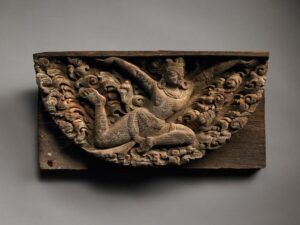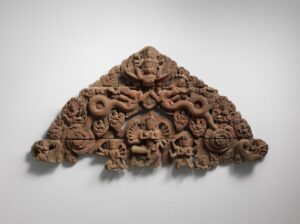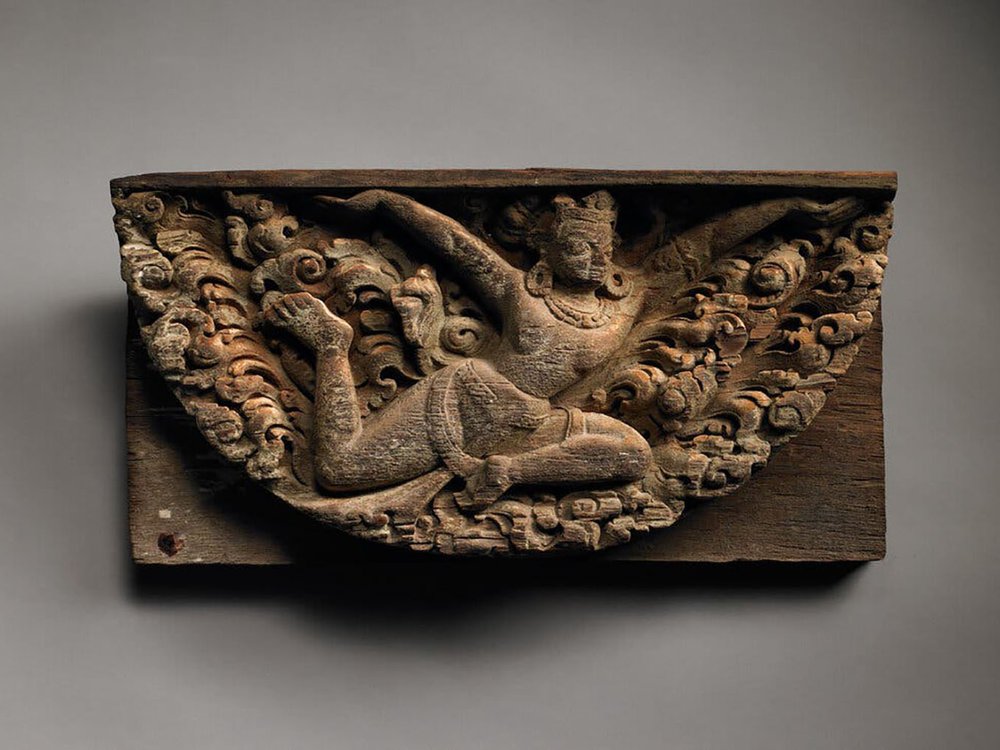Nepalese Apsara And Torana Wood Sculptures
Description:


Case Status: Object(s) relinquished
Year Claim Initiated: 2021 (approximate)
Year Claim Resolved: 2022
Means of Resolution: Coordinated action by Complainant & Respondent Governments
Complainant Name: Nepal Heritage Recovery Campaign (NHRC)
Complainant Nation: Nepal
Complainant Nation Economy: Developing
Complainant Type: Public: Institution
Respondent Name: Rubin Museum of Art in New York
Respondent Nation: United States
Respondent Nation Economy: Developed
Respondent Type: Private: Institution
Reference Links:
- https://www.smithsonianmag.com/smart-news/rubin-museum-agrees-to-return-stolen-religious-artifacts-to-nepal-180979391/
- https://www.artnews.com/art-news/news/rubin-museum-returns-looted-artifacts-nepal-1234615404/
- https://www.lionsroar.com/rubin-museum-of-art-returns-two-nepali-relics-from-collection-to-origin/
Files:
Editor's Notes:
Wood torana from the 17th-century was part of an arched gateway at the Yampi Mahavihara temple complex in Lalitpur, Nepal. The Rubin Museum acquired it in 2010 through a private sale.
The apsara carving was used as a window decoration at the Itum Bahal monastery in Kathmandu until its theft in 1999. Like the torana fragment, it was purchased in a private sale in 2003.
Edited by Arianne Ohara
